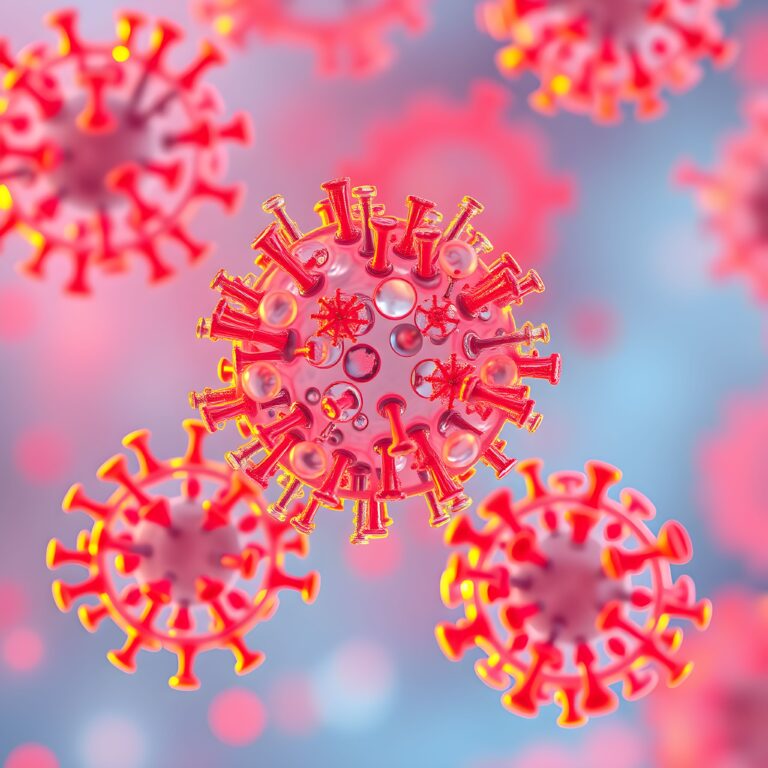In today’s fast-paced world, where sedentary lifestyles and poor dietary choices have become the norm, the prevalence of type 2 diabetes is skyrocketing. While genetic factors play a significant role in the development of this chronic condition, research suggests that regular exercise can be a potent weapon against high genetic risk. This article explores the power of exercise in countering the susceptibility to type 2 diabetes and highlights its immense benefits for prevention and overall well-being.
Understanding the Genetic Risk
Type 2 diabetes is a multifactorial disease influenced by both genetic and environmental factors. Certain genetic variants can increase an individual’s predisposition to developing diabetes. However, it is essential to note that genetic risk alone does not determine one’s destiny. Lifestyle choices, particularly exercise and physical activity, can significantly influence the manifestation of genetic predispositions.
The Role of Exercise in Diabetes Prevention
Regular exercise has been proven to be one of the most effective lifestyle modifications for preventing and managing type 2 diabetes. Engaging in physical activity helps improve insulin sensitivity, reduce body fat, control blood sugar levels, and enhance overall metabolic health. Moreover, exercise promotes cardiovascular fitness, strengthens the immune system, and reduces the risk of various other chronic diseases.
Countering Genetic Susceptibility
Individuals with a high genetic risk for type 2 diabetes may feel helpless or resigned to their fate. However, studies have shown that even those with a genetic predisposition can significantly reduce their risk by adopting an active lifestyle. Exercise has the remarkable ability to modify gene expression and attenuate the impact of genetic factors on disease development.
How Exercise Influences Genetic Expression
Regular exercise triggers various physiological and biochemical changes within the body. These changes affect gene expression, particularly in areas related to metabolism and insulin sensitivity. Exercise activates specific genes that promote glucose uptake by the muscles, improve insulin signaling, and enhance overall metabolic efficiency. By modulating gene expression, exercise helps counteract the negative effects of high genetic risk for type 2 diabetes.
Choosing the Right Exercise Regimen
When it comes to diabetes prevention, incorporating a balanced exercise routine is crucial. Aim for a combination of aerobic exercises (such as brisk walking, cycling, or swimming) and resistance training (weightlifting or bodyweight exercises). Aerobic activities help burn calories, improve cardiovascular health, and increase insulin sensitivity, while resistance training enhances muscle strength, promotes glucose utilization, and aids in weight management.
Making Exercise a Habit
To maximize the benefits of exercise, consistency is key. Start with small, achievable goals and gradually increase the intensity and duration of your workouts. Find activities that you enjoy and can sustain in the long run, whether it’s dancing, playing a sport, or hiking. Remember to consult with your healthcare provider before starting any new exercise program, especially if you have pre-existing medical conditions.
Conclusion
While genetics may play a role in predisposing individuals to type 2 diabetes, the power of exercise should not be underestimated. Engaging in regular physical activity can counteract the high genetic risk by improving insulin sensitivity, enhancing metabolic health, and positively influencing gene expression. By making exercise a habit and adopting a well-rounded fitness routine, individuals can significantly reduce their chances of developing type 2 diabetes and improve their overall well-being.












